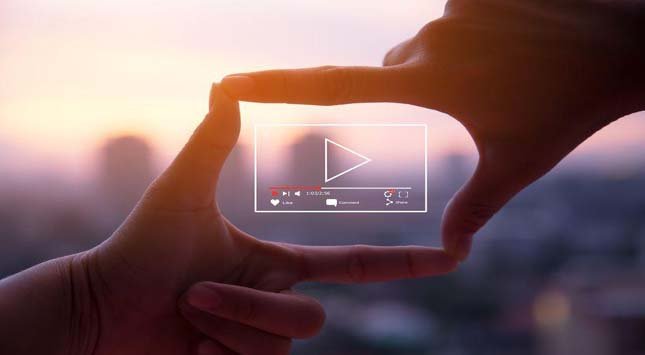We’re visual creatures and respond well to visual stimuli. That’s why digital signage is an increasingly important method of customer engagement.
You can use it to entertain, educate, inform your customers, and promote your business. Of course, to make sure it has the best possible effect, you’re going to need to make some choices.
For example, which screen to use, how many, where to put them, and so on.
So, let’s cover these issues and give you a hand.
How Many Screens Do You Need?
This depends on the location itself and your specific needs. While using as many screens as you can afford and covering every inch of real estate you can with them may seem like the best (and incredibly expensive) choice, it’s more likely you’ll just annoy your customers. No one likes clutter, and you’ve just cluttered their line of sight with your message.
Placed right, just one screen can do wonders. If you pick a location that gets maximum traffic and will stay in the customer’s line of sight long enough, you’ll achieve just the right effect of piquing their interest.
If you’re using multiple screens, make sure they’re spaced appropriately and/or that the messages displayed are synchronized into a cohesive whole. Alternatively, you can use multiple screens combined into a single large display.
Pick the Right Location
We touched on this in the previous paragraph, but location is possibly the most important aspect of digital signage. Using a high-quality outdoor TV display and placing it just outside your store could be a good way to attract prospective customers.
If you place it near the checkout, you’ll give them time to think about their purchases while they’re waiting and possibly leave a strong impression.
As a rule, you want to place the screen(s) in a high-traffic area where they’ll get maximum exposure. Interior walls and columns are popular choices for a reason, as everyone will be able to at least glance at them as they’re passing by.
Pick the Right Size, Resolution, and Display
Here you have options, a lot of options, possibly enough to be faced with choice paralysis. Let’s start with size. Bigger is not always better, as you need to consider the viewing distance. Bigger, however, is almost universally much more expensive. You should also make sure the screen blends well into the environment.
The next step is picking the resolution, higher is always better here, but it’s also much more expensive. Higher resolution gives a sharper image but depending on the screen placement and specific usage, you might not need a large 4k monitor. Generally, you want your logo and your message to be sharp and visible from the intended angles and distances.
When it comes to screen type, you can go with LED, LEC, or OLED displays.
- LED – Versatile and can be used both indoors and outdoors.
- LCD – Affordable and light; however, their contrast levels, viewing angles, and brightness make them best for close distances and unsuitable for outdoor use.
- OLED – a new technology that’s energy-efficient and lightweight and has high resolution and great contrast. Best for indoor use and is also very expensive.
Consider Software Compatibility
The specific software you’ll be using depends on your specific needs (you might be noticing a theme here). Broad compatibility is usually the best choice as you don’t want to be locked out of some software or hardware options.
PC-based players can run practically anything, while systems running on other operating systems (Android or Chrome OS, for example) can be restricted from using some good software. Of course, if they support external hardware and you’ll just be using the screen, the whole point is moot.
This is important because high-quality software can help you ensure your network runs smoothly, save you a lot of time, and help you maximize the effectiveness of your ads. You must make sure your choice of hardware doesn’t limit your software options to those that aren’t good for your business.
Check Connectivity Options
When it comes to connectivity, HDMI is the industry standard and makes things nice, simple, and cross-compatible with your other devices. It allows for the transmission of uncompressed, secure dual audio/video signals, and until we find just as good a wireless alternative, it’s here to stay.
Of course, wireless connectivity is extremely useful as it can help you eliminate a good portion of cable management. While it’s not as secure, the sheer convenience shouldn’t be ignored.
Final Thoughts
There are many options when it comes to picking the right digital signage advertising screen, so make sure to consider your needs and weigh all the traits we mentioned above against them.
The world is changing, and technology is advancing; and considering the precarious economic situation that’s looming, you don’t want to be left behind.






